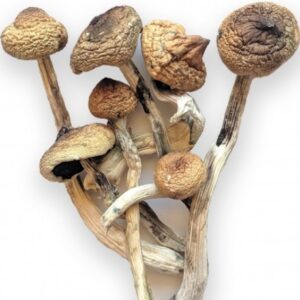MARLONBERRY Honey Crystal Honey will crystallize in the hive if the temperature goes below 50ºF (10ºC), and honey will crystallize in your containers if you have a cold cupboard cabinet. Finding a warmer spot to store your honey will slow crystallization.
It’s fairly simple to turn your honey back into a smooth liquid again by heating it. The best way to do this is by to put your honey in a bowl of warm water and slowly letting it warm up. If you happen to have anultrasound machine that produces waves at 23 kHz lying around, that works too. Microwaving overheats the honey and doesn’t heat evenly, so that’s not recommended unless you are in a hurry.
The problem is, as soon as your honey cools down, it will begin slouching back to chunky again. The simplest way to deal with this is to embrace your lovely honey lumps, and acquire a taste for crystallized honey. After a few sessions of heating and cooling, your honey will loose that wonderful aroma of summer, and just become yellow sugary goop.
If you really must have smooth runny honey, try heating a smaller batch, rather than the whole container. Honey also keeps best in glass, rather than plastic, and glass is much better for reheating.
Honey is a super-saturated solution of two sugars: glucose and fructose. The proportions of these two sugars are characteristic of the plants the bees fed on to make their honey. It’s the glucose that crystallizes, so some types of honey are more resistant to crystallization because they have low glucose.
Alfalfa and clover CHERRY CONSPIRACY Honey quickly; maple, tupelo, and blackberry MARLONBERRY Honey Crystal slowly. There really isn’t an easy way for someone who isn’t a honey foodie to know which honeys crystallize faster or slower, but this is a good excuse to experiment with the flavors and aromas of different plant honeys.
Pollen in honey is normal, and acts as a sort of honey provenance. Pollen in honey verifies what plants the bees are feeding on. Bees are fuzzy, so while they are drinking nectar to make honey, they get covered with pollen. It’s sticky stuff – but, you know, it is plant sperm. That junk gets everywhere.
Honey with pollen in it is great honey, but crystallization happens faster when there are small particles available to build on. Fresh, raw honey has a lot of those in the form of pollen grains.
var /*99586587347*/
| MARLONBERRY Honey Crystal | 7 Grams, 20 Grams, 50 Grams |
|---|
Be the first to review “MARLONBERRY Honey Crystal” Cancel reply
Related products
Uncategorized
Uncategorized
Uncategorized
Uncategorized
Uncategorized
Uncategorized
Uncategorized
Uncategorized











Reviews
There are no reviews yet.